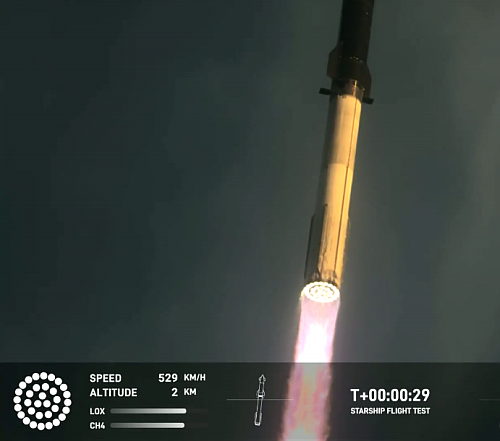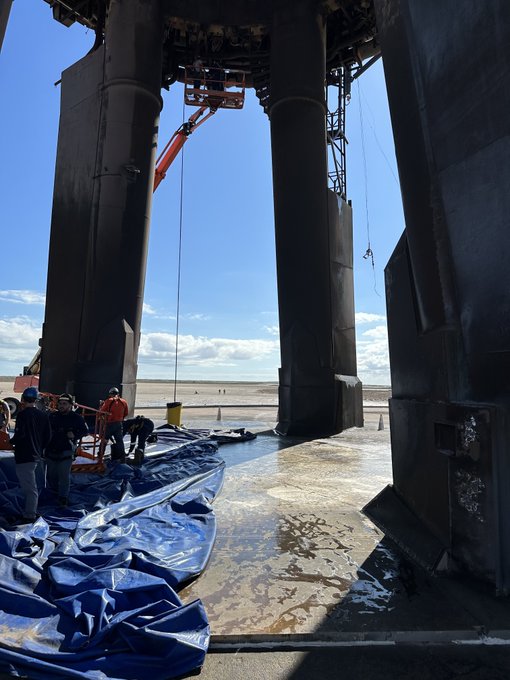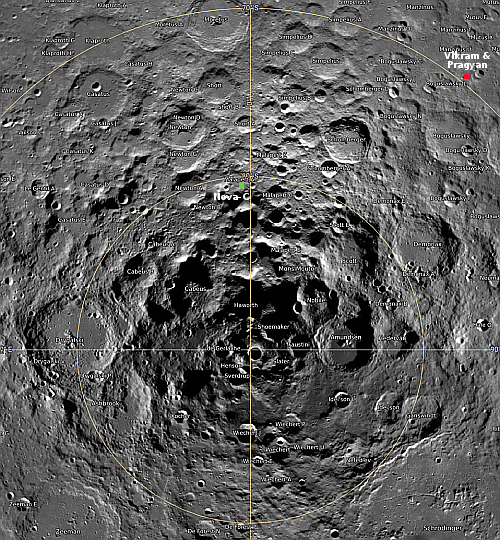SpaceX launches 23 more Starlink satellites
SpaceX early last night continued its campaign to reach 100 launches in 2023, its Falcon 9 rocket launching for the third time in just over four days, lifting off from Cape Canaveral carrying 23 more Starlink satellites into orbit.
The first stage completed its fifteenth launch, landing on a drone ship in the Atlantic.
The leaders in the 2023 launch race:
86 SpaceX
52 China
14 Russia
7 Rocket Lab
7 India
American private enterprise now leads China 98 to 52 in successful launches, and the entire world combined 98 to 81. SpaceX by itself is now leads the rest of the world (excluding American companies) 86 to 81.
With this launch, the number of successful orbital launches in 2023 now matches the record total of 179 set last year. With a little more than five weeks to go, expect that number to top 200 before the year is out, especially because China has historically tended to launch a lot of rockets in December.
SpaceX early last night continued its campaign to reach 100 launches in 2023, its Falcon 9 rocket launching for the third time in just over four days, lifting off from Cape Canaveral carrying 23 more Starlink satellites into orbit.
The first stage completed its fifteenth launch, landing on a drone ship in the Atlantic.
The leaders in the 2023 launch race:
86 SpaceX
52 China
14 Russia
7 Rocket Lab
7 India
American private enterprise now leads China 98 to 52 in successful launches, and the entire world combined 98 to 81. SpaceX by itself is now leads the rest of the world (excluding American companies) 86 to 81.
With this launch, the number of successful orbital launches in 2023 now matches the record total of 179 set last year. With a little more than five weeks to go, expect that number to top 200 before the year is out, especially because China has historically tended to launch a lot of rockets in December.






